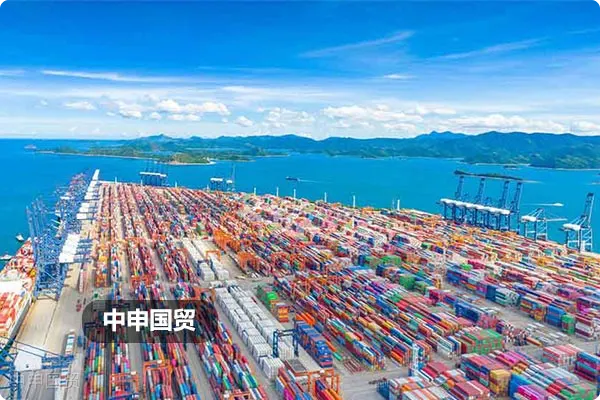- Shanghai Zhongshen International Trade Co., Ltd. - Two decades of trade agency expertise.
- Service Hotline: 139 1787 2118

Contents
ToggleSpainEquipment ImportsLatest industry trends
As of 2025, Spain's industrial equipment imports increased by 12.7% year-on-year, with machinery and equipment categories accounting for 34% of total imports. With the 17th revision of the EU REACH Regulation coming into effect, the declaration of chemical substances used in equipment surface treatment processes has become a new focus. Notably, the Spanish Customs Authority has implemented since January this year theSmart Classification System (SCT), more stringent requirements have been imposed on the separate declaration of equipment parts.
Breakdown of the Entire Customs Clearance Process
The six key stages that professional agency services need to cover:
- Pre-classification diagnosis
- Verification of Equipment Functional Parameters
- Simulation of Combined Equipment Split Declaration
- Includes risk assessment reports, performance test data, clinical evaluation reports, etc.
- CE certification's modular processing (classification into categories A-H)
- Electromagnetic Compatibility Test Report Update Cycle Control
- Apply for preferential treatment under the CIS Free Trade Agreement (tariff reduced from 12% to 6.5%)
- EU Generalized System of Preferences (GSP) Applicability Verification
- Control of the application window period for Temporary Admission (TA) permits
High-Frequency Issue Response Plan
According to the 2025 Spanish customs data, the equipment categoryImport ClearanceIn delayed cases:
- 43%Resulting from incorrect HS code declaration.
- 28%Involves missing CE certification modules
- 19%Due to non-compliant wood packaging treatment certification (IPPC)
Typical Case: Import of a Certain Injection Molding Machine Due to...Hydraulic oil circuit systemNot declared separately, triggering customs classification inquiry. Professional agents reduced port detention time from an estimated 15 days to 72 hours by providing EN 12100 safety standard documentation.
Criteria for selecting agency services
- European Union Authorized Economic Operator (AEO) Certification
- Localized pre-check warehouse configuration(Must-have for Barcelona/Valencia Port)
- Emergency response mechanism(Customs Inquiry Letter 48-Hour Response Commitment)
- Cost Visualization System(Real-time calculation of tariffs/VAT/demurrage fees)
It is worth noting that non-professional agents often overlookEquipment installation and commissioning periodThe customs supervision requirements have led to subsequent obstacles in VAT (IVA) refunds. Professional service agencies should provide comprehensive compliance tracking from customs clearance to production commencement.
Key cost control points
Taking the import of a CNC machine worth 500,000 euros as an example:
- HS code optimization saved approximately €8,200 in tariffs.
- TA license application reduces cash flow pressure by €35,000.
- Pre-classification service shortens customs clearance cycle by 3-5 days.
Professional agency approval throughThree-Step Verification Method(Customs database comparison/historical case reference/advance ruling application) ensures the accuracy of declarations. Its value lies not only in cost savings but also in mitigating long-term compliance risks for EU market access.
Related Recommendations
? 2025. All Rights Reserved. Shanghai ICP No. 2023007705-2  PSB Record: Shanghai No.31011502009912
PSB Record: Shanghai No.31011502009912










